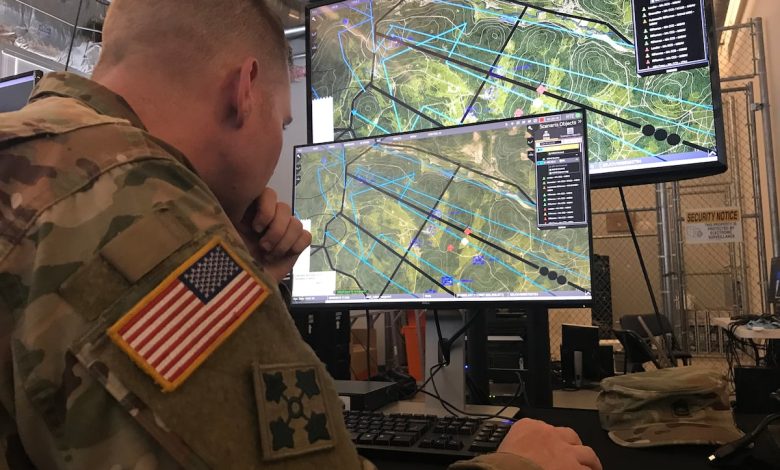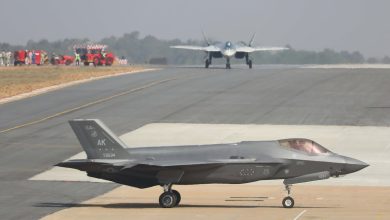The next defense reform must fully bring the US tech sector on board

The American defense community is balancing a robust yet aging defense industrial base with an emerging $130 billion-dollar defense tech ecosystem. We have the opportunity to increase our military might if we embrace the moment and inject modern cyber, software, materials and electronics technology to enhance our traditional defense industrial base.
Instead, we are wasting the talents of America’s world-class tech sector and, in doing so, putting our country and allies at risk.
That’s because we have an ecosystem without a marketplace. The Department of Defense won’t buy commercial capability at scale from Silicon Valley. The result is fighting with one arm behind our back.
What’s at the root of the problem? Warfighting and deterrence capabilities are typically hardware-enabled and software-defined, but the Pentagon treats those attributes as though they evolve at the same pace.
This paradigm does not work in today’s geopolitical reality where wars are fought both on and off the battlefield. It actively harms our warfighters and disincentivizes the U.S. tech industry from joining the defense industrial base.
RELATED
It’s time for a sea change. America and its allies must signal in unambiguous terms that we are committed to purchasing technology based on clear and concise requirements without prescriptive solutions. We must enact flexible policies that allow for consistent upgrading of new capabilities based on need and scale.
Where do we begin?
First, by adopting the recommendations of multiple congressional commissions and think tank task force studies, such as streamlining security reviews and accreditation of software use across multiple U.S. federal agencies.
Next, we need to be able to export older-generation technology to partners and allies with protections against exploitation by our adversaries. The U.S. government should partner with defense tech companies to assess vulnerabilities of existing systems and provide mechanisms to safeguard legacy technologies.
Finally, we need a clear mandate to a specific leader within the government to ensure ownership and accountability of this problem. If everyone owns the solution, nobody owns the solution. The new administration should clearly empower a specific existing organization such as the Defense Innovation Unit or a DoD under secretary to take ownership and report progress on the effort.
Incentivizing a competitive marketplace that promotes U.S. national security interests ensures that we maintain a competitive advantage against those who do not share our core values. By beginning with the above steps, we do exactly that.
The result is an agile and lethal force that can decisively defend the free world.
Ellen Lord is a former Pentagon acquisition executive and a commissioner on the Atlantic Council’s Commission for Software-Defined Warfare. Tyler Sweatt is the CEO of software company Second Front Systems and an industry commissioner on the same panel.
Read the full article here






